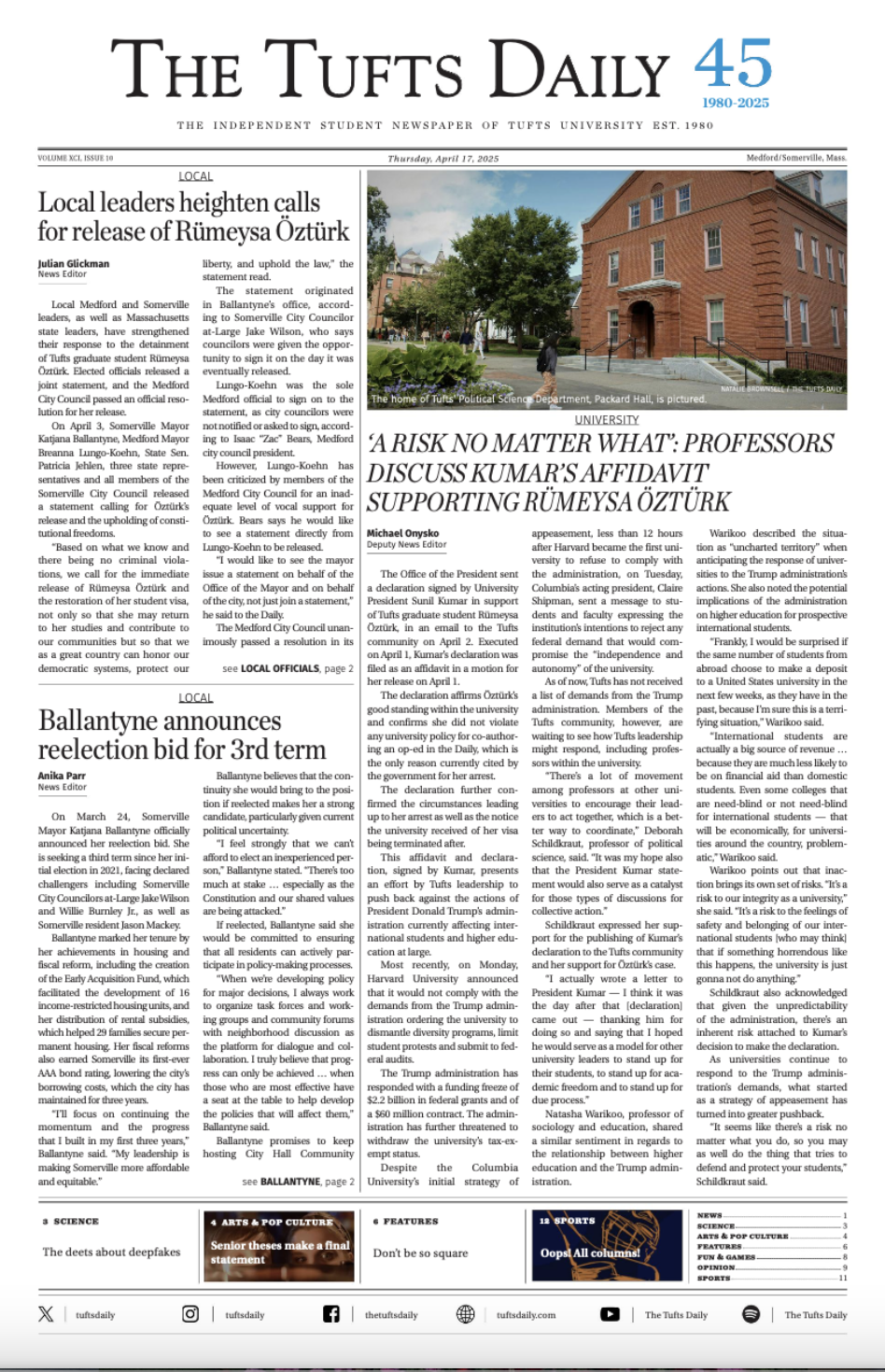Throughout literary history, we’ve seen numerous authors delve into other occupations outside of writing. However, there are few like Cristina Reyes. Originally born in Guayaquil, Ecuador, Reyes has not only published several volumes of poetry, but has also had a successful career in pageants and in Ecuadorian politics. As a pageant contestant, Reyes came in as a runner-up in ‘Miss Ecuador,’ and eventually went on to compete in one of the major international pageants, ‘Miss Earth.’ As a politician, Reyes has held multiple positions in different branches of the government, including representative for the national assembly for the Social Christian Party.
In her most recent collection, “Mis plenos poderes” (2018), Reyes presents to her readers 83 new pieces of poetry that demonstrate her growth in the use of verse, especially in controlling the medium to advance concrete theses and opinions. Although the poems cover a wide range of themes including love, loss and eroticism, they mostly work around politics and the social issues that the author is focused on. Reyes talks about feminism, poverty, religion and globalization — all extremely important topics in Ecuador’s sociopolitical state of the last few decades. This political aim makes one wonder if her works can also be considered propaganda, or maybe even a part of her political image. On the cover of the book we see a portrait of Reyes and the colors of the Ecuadorian flag, which makes it seem like nothing more than a promotional campaign.
Beyond talking about the subject of her poems, to understand Reyes’ poetry, it is essential to discuss her writing style. In the last decade, Spanish contemporary verse has turned to a much more direct approach with glimpses of realism and very few vehicles of abstraction. However, Reyes strayed far from the modern currents and brought back the romanticism of Latin American literature that characterized many of those who we now refer to as greats — Pablo Neruda, Sor Juana Inés de la Cruz, Jorge Luis Borges and more. Reyes employs many metaphors, alliterations, personifications and more literary devices to create a very lyrical, nearly dreamy, piece. Her style not only adds more artistry to the portrayal of the themes she aims to investigate, but it also gives her an intimate connection to the culture of the Latin American past, allowing her to re-enter many themes that have been dominating these cultures since the colonial era.
Nonetheless, as much praise as her work deserves, Reyes represents a very strong dichotomy in Latin American life. While she’s able to refer to these topics in her work — topics that go into reconstructing conservatism and advancing feminism — she is a member of the Social Christian Party, a right-wing party. The same type of party has operated against social change and upheld many of the significantly damaging dynamics around the Ecuadorian government and culture. So is it possible to separate the art from the artist? Is Reyes’ work working against her own political ideas? How can we use the entire scope of an artist’s life, information beyond the body of their texts, to more fully understand their work?






